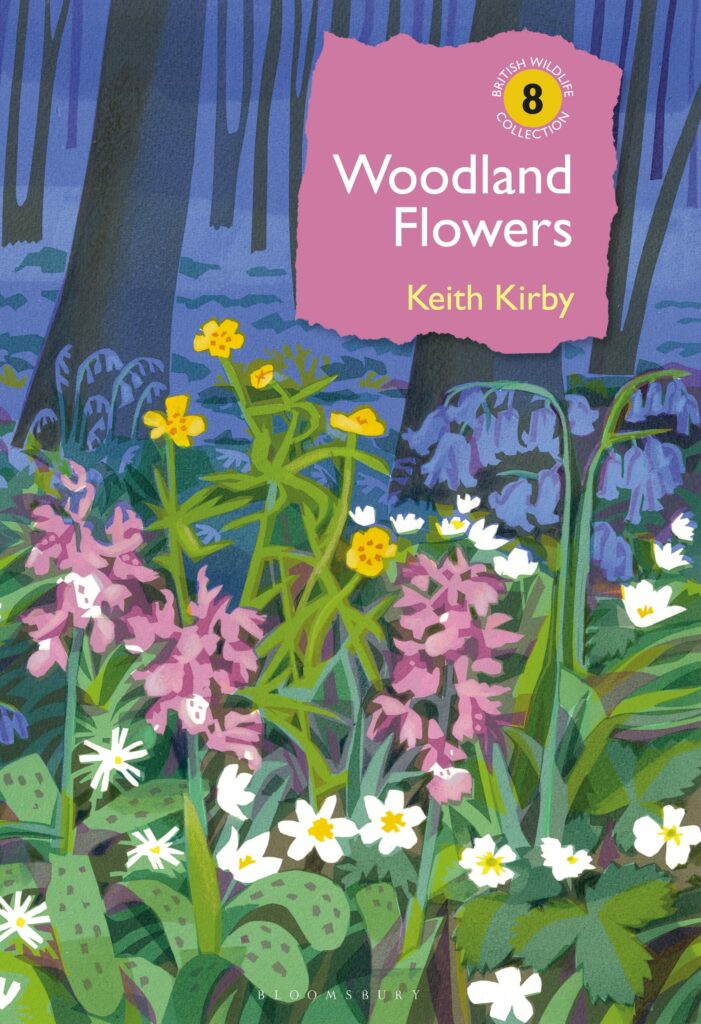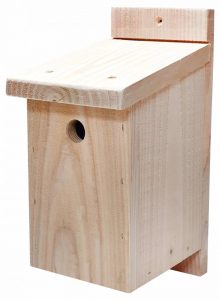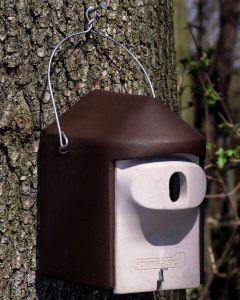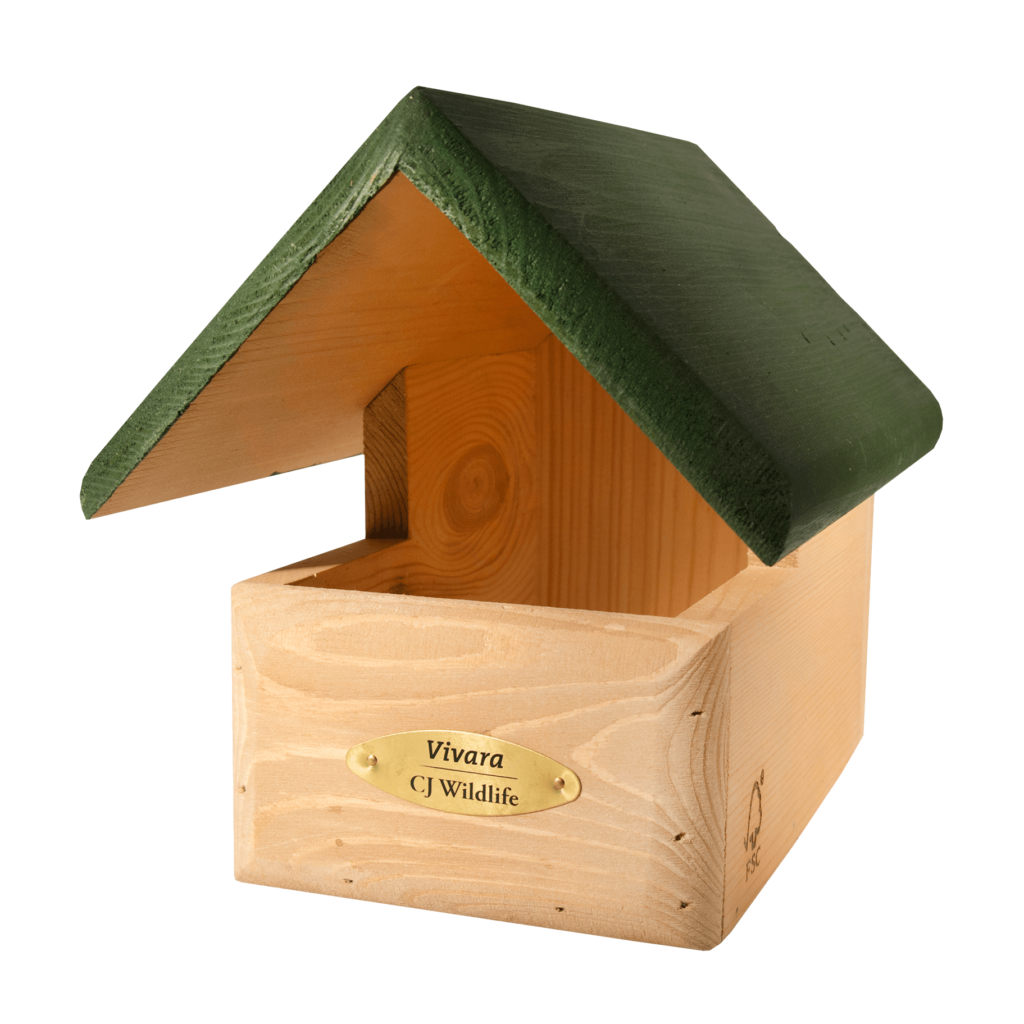
The second-generation Song Meter Mini Bat 2 is one of Wildlife Acoustics’ latest additions to the Song Meter range. This recorder offers improved battery life and weatherproofing, thanks to the new hinged enclosure. Learn more about the improvements and differences in this newer model here. Wildlife Acoustics have now gone one step further offering both AA and Lithium-Ion battery models of the Mini Bat 2. The Lithium-ion model holds 6 rechargeable 18650 lithium-ion batteries giving it 2.5 times more battery life compared to the AA model.
I took the Mini Bat 2 recorder and set it up for a week in June. As I was only recording for a week, the AA model was more than fit for purpose. I had two aims in mind; firstly, I wanted to see for myself how to deploy and use this newer model, and possibly more importantly, I wanted to discover which bats were living just outside the NHBS office.
Deployment
I set up the device using a 64 GB SDXC card and eight lithium AA batteries (other AA batteries are compatible but may offer shorter battery life). I chose to set up the recorder outside of our office on a nearby tree situated alongside the River Dart. I hoped that the presence of insects along the river would encourage bats to fly close to the recorder. However, I did experience some issues with this location which I will discuss later.

Like its predecessor, the Mini Bat 2 is configured using the free Song Meter app. Here you can select your preferred recording schedule and check the recorder’s status. Whilst in Bluetooth range, you can determine the current status of the recorder, including SD card capacity, battery life, recording mode and number of recordings taken. I used a pre-set recording schedule to record bats from sunset to sunrise (subject to triggering).

This model now helpfully features cable lock holes so that the unit can be secured – using a Python Lock I fixed the device to the tree and left it for a week to collect recordings.
What I found
By the end of the week, I had collected over 700 recordings. Despite this, very little battery life had drained and only 3 GB of storage had been used.

I then removed the SD card and loaded the recordings into Kaleidoscope Pro. Unfortunately, I noticed a consistent disturbance present in all the recordings at around 20 – 30kHz. It was then I learned that the office has a ventilation fan, which unbeknownst to me, runs constantly (even at 3 am!). Not a bad reminder that when choosing your recording location to be aware of any possible noise disturbances.
Thankfully, this disturbance did not hamper my ability to analyse the recordings. Helpfully, Kaleidoscope Pro has an auto ID feature which allowed me to categorise the recordings by species. This feature compares each call pulse with reference libraries and generates a confidence interval from 0-1 called a “Match Ratio”. The more commonality a pulse shares with the reference data the higher the match ratio. I was delighted to discover that Kaleidoscope identified five different species just outside our office! My personal favourite being the Greater Horseshoe Bat, as we share a love of caves. Unfortunately, these species are now largely confined to south-west England and south Wales in the UK, so I feel very fortunate that I was able to record them.
Examples of the recordings can be viewed as sonograms below.


Product Opinion
The Song Meter Mini Bat 2 is an excellent ultrasonic passive recorder. The unit is compact and lightweight, making it easy to store and carry in the field. The set-up was easy thanks to the simple user interface on the Song Meter App, which you can easily navigate to configure and check on your device. The Bluetooth beacon came in useful throughout the week as it allowed me to see the battery life and SD storage without taking the device down.
The Mini Bat 2 has a highly sensitive ultrasonic microphone capable of capturing high-quality recordings up to 250kHz, covering a truly impressive ultrasonic range. The sonograms above show the clear and distinct waveforms created; characteristic of the different species recorded. The excellent recording quality also helps to simplify the sound analysis when using the auto ID function of Kaleidoscope Pro.
The Song Meter Mini Bat 2 is a great addition to the Wildlife Acoustics range and features many improvements over its predecessor. It’s easy set up and deployment, making it simple and engaging to use. With its improved weatherproofing and in-built Bluetooth beacon, the Mini Bat 2 is a brilliant choice for remote recording. Furthermore, the increased battery life means the unit can be used for short- and long-term surveys.
In summary, the Mini Bat 2 is a fantastic all-rounder with a wide array of configurations and capabilities making it an ideal recorder for both enthusiasts and researchers.




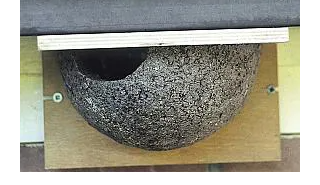
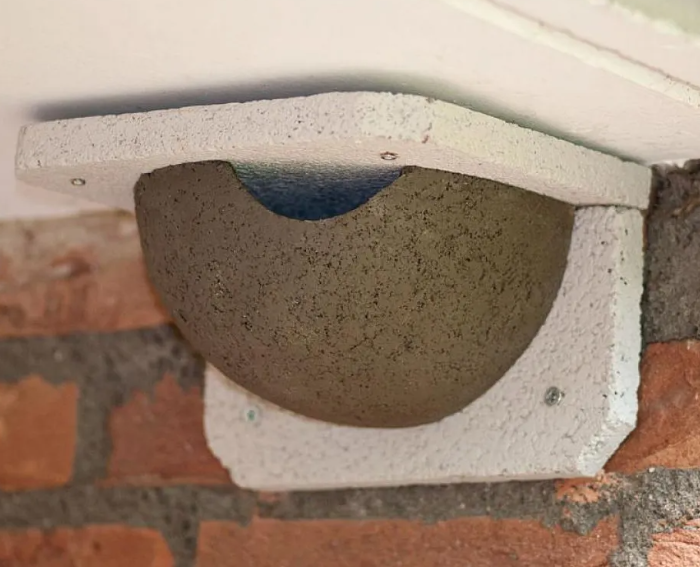





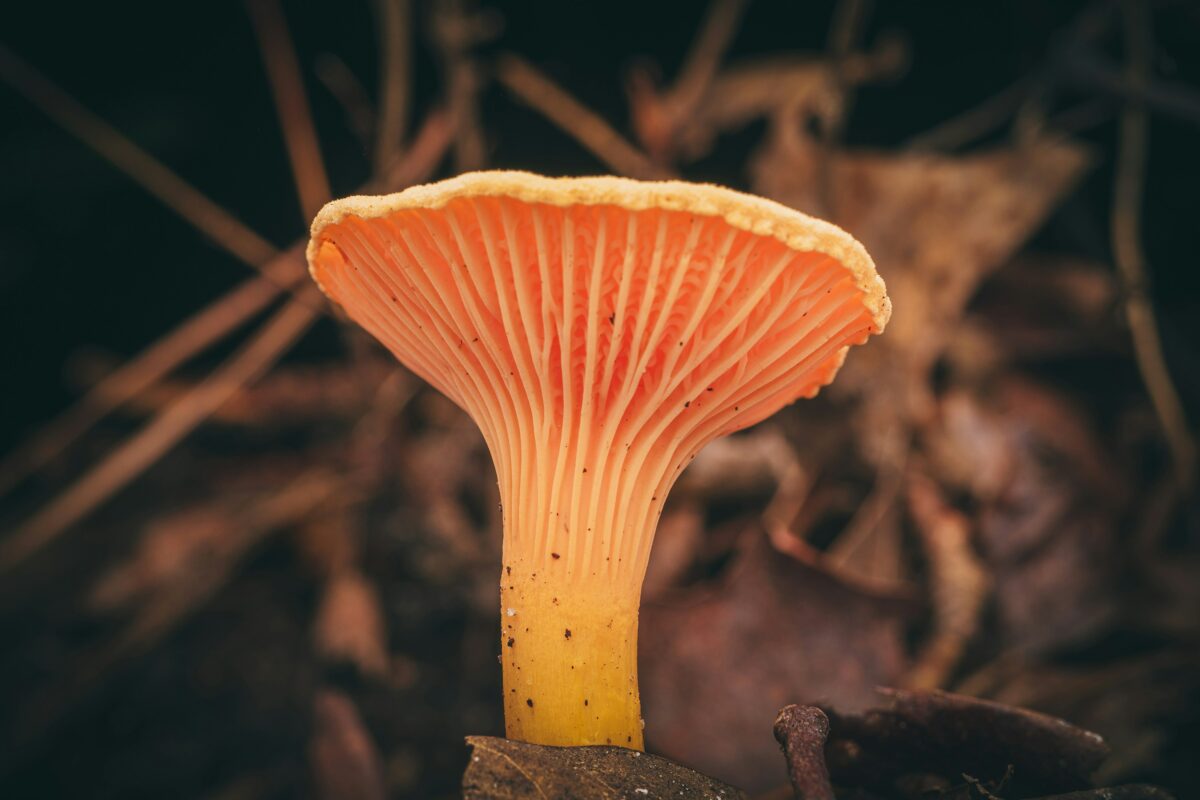


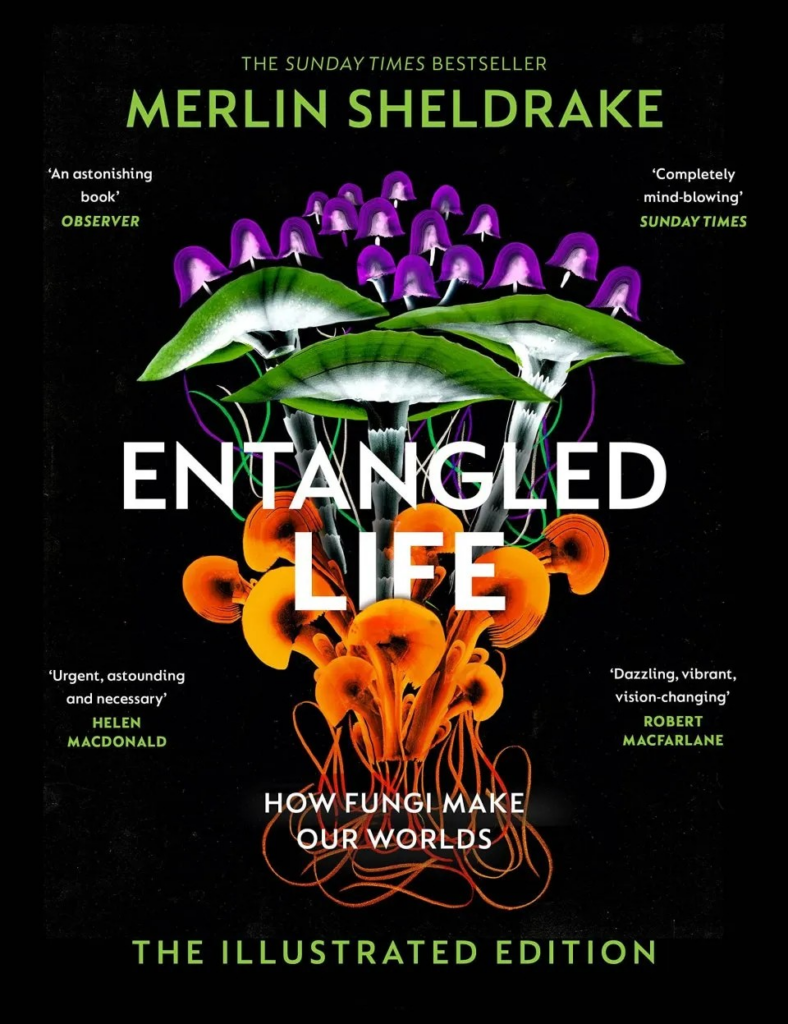





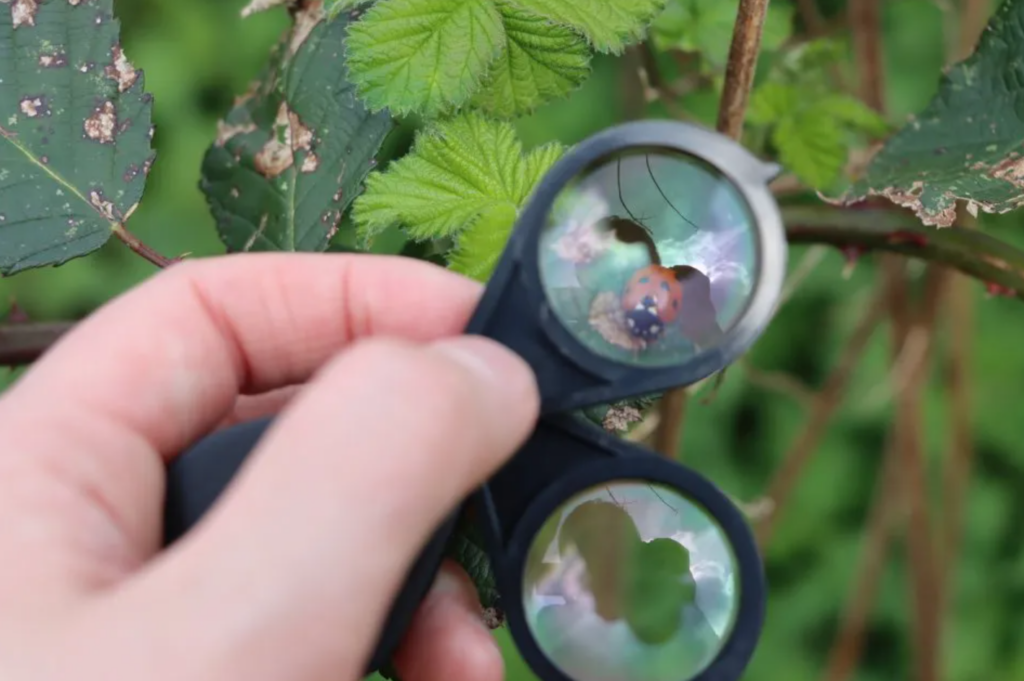










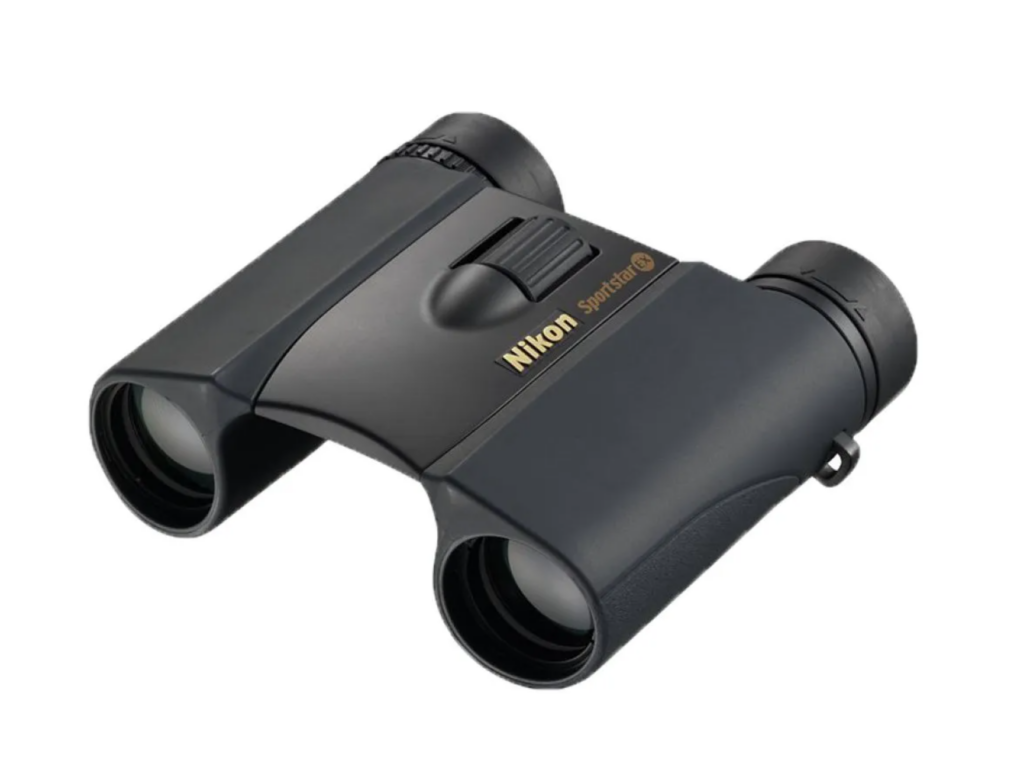






 In Hedges, Robert Wolton brings together decades of research and personal experiences from his farm in Devon to explore the ecology, biology, nature conservation and wider environmental values of the hedges in the British Isles. Containing over 300 photographs and figures, this latest addition to the British Wildlife Collection offers a detailed commentary on hedges and their importance in our landscape.
In Hedges, Robert Wolton brings together decades of research and personal experiences from his farm in Devon to explore the ecology, biology, nature conservation and wider environmental values of the hedges in the British Isles. Containing over 300 photographs and figures, this latest addition to the British Wildlife Collection offers a detailed commentary on hedges and their importance in our landscape.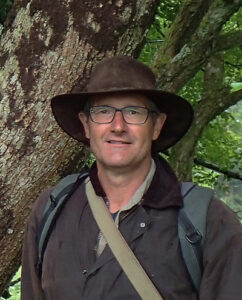 Robert is an ecological consultant and writer specialising in the management of farmland and associated habitats for wildlife. He is a former hedgerow specialist for Natural England, the founder, chair, editor and lead author of the Devon Hedge Group, has been involved in Hedgelink since it began, and has written a number of reports and articles specialising in hedges.
Robert is an ecological consultant and writer specialising in the management of farmland and associated habitats for wildlife. He is a former hedgerow specialist for Natural England, the founder, chair, editor and lead author of the Devon Hedge Group, has been involved in Hedgelink since it began, and has written a number of reports and articles specialising in hedges.






